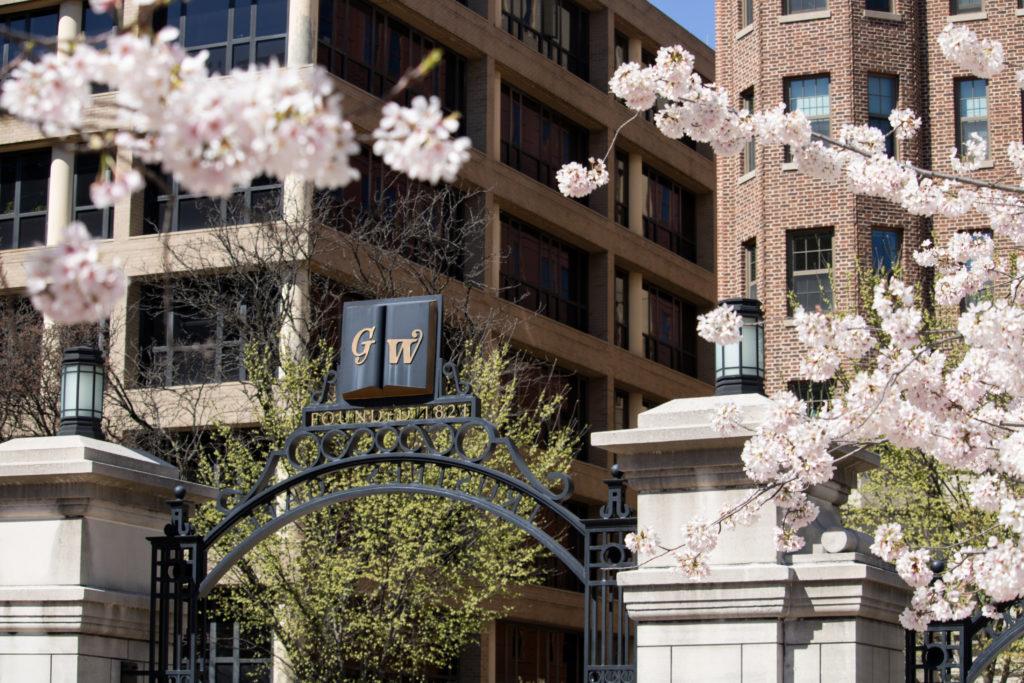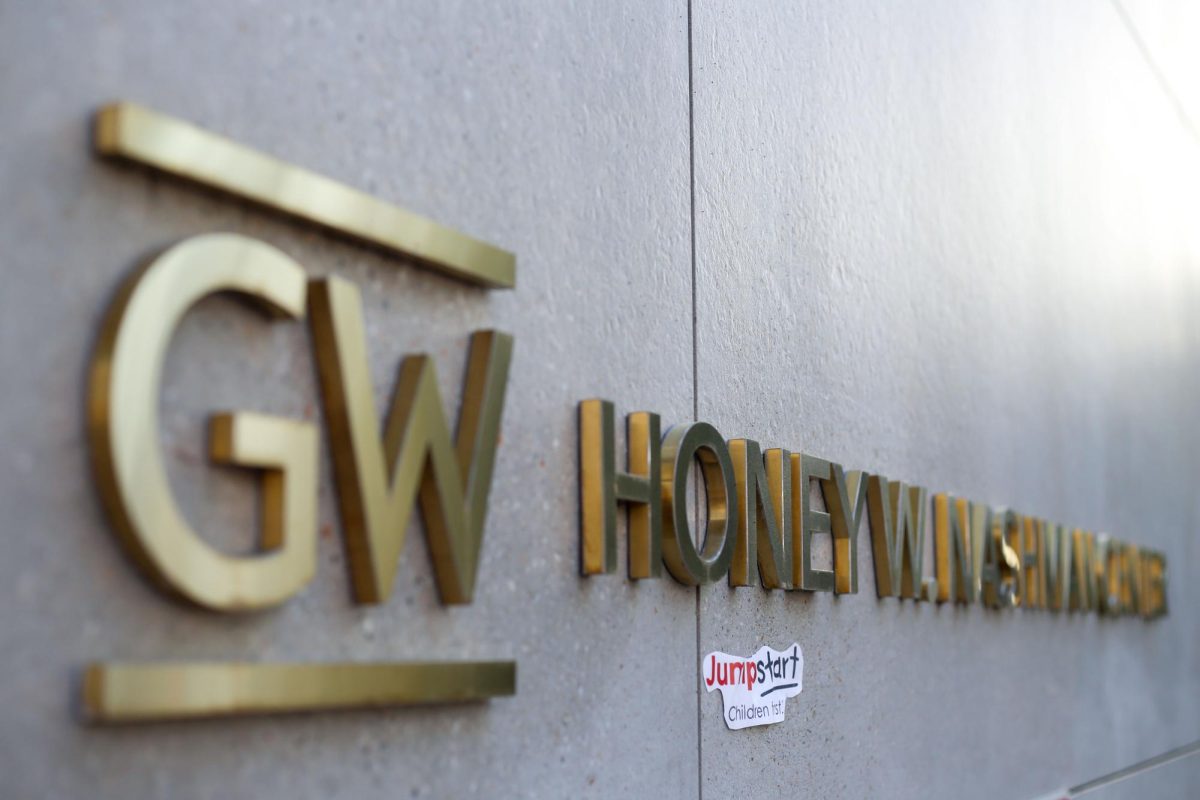Officials increased dining hall prices this academic year, and students aren’t sure the price hike is justified.
The all-you-care-to-eat dining in Shenkman and Thurston halls — which climbed from $8 to $10 for breakfast, $10 to $15 for lunch and $12 to $17 for dinner — and vendors in District House have increased their respective prices for student meals this fall. District House’s Meal Deals, a discounted student meal, increased to $15, almost double from last year’s $8 price.
University spokesperson Julia Metjian said GW Dining increased its entrance prices for the fall semester based on increasing costs and the “marketplace.” She noted that students enrolled in the unlimited or block meal plans do not pay the door rate.
GW completed the overhaul of its dining system in January, launching a series of swipe-based meal plans for students to use at the trio of all-you-can-eat dining halls and Meal Deals at District House. Before officials created swipe-based meal plans through its dining revamp, students used GWorld cash at select restaurants and grocery stores around campus.
For juniors and seniors paying $2,060 for the 90-swipe plan and $890 in declining balance, a swipe averages out to $13. Students on the 175-swipe plan end up paying less per swipe than the door fee for lunch and dinner: a swipe costs the equivalent of about $10.68.
Maggie Obaro, the general manager of Thurston’s dining hall, said since she started working at Thurston Hall in April, no students have been using their own funds to pay at the hall. Instead, students who have frequented the hall use their swipes more than their declining dollars since more students are on swipe-based plans. She said GW instructs the dining hall’s operator, Chartwells Higher Education, to set prices at certain levels based on the dining option prices on local food costs and what other schools are doing.
Obaro said she and her kitchen staff improved their food preparation techniques from last year by learning from previous “mistakes” by listening to student feedback on adding pastries and gluten-free options and displaying updated menus on TVs around the hall with dietary restriction notices, like whether or not an entree is vegan or vegetarian. She said Thurston has focused on producing high-quality food to match the price increase.
“When the prices were brought up to us, one of the biggest things I said was, ‘If we’re going to be charging this price, we want to give them worth their value,’ which is where the quality of food comes in,” Obaro said.
Students are divided on whether the price increase has corresponded with an increase in portion sizes.
Cecilia Culver, a junior studying statistics and economics, who lives off campus and pays out of pocket for food — said the dining hall meals are no longer a worthwhile deal compared to shopping at Trader Joe’s for the same prices and “better” food. She said she decided not to return to the dining halls this year after noticing last semester that the entrance fee increased, with the price of breakfast up to $10 from around $8 before.
“I will never go to a dining hall,” Culver said. “It is not worth my time or money unless I were to bring multiple things of Tupperware.”
Dani Trevino, a sophomore studying international affairs, said she emailed GW Dining two weeks ago and complained to dining officials about the unannounced change in prices. She said officials said they would forward her thoughts to the leadership team for future pricing decisions.
She said she texted her friends to make sure she wasn’t “going crazy” when her Meal Deal cost $15 upon moving into her fall housing for the semester in late August.
“If for some reason for a day, you’re not swiping but you want to eat at the dining hall, you cannot eat at GW’s on-campus options without being tremendously over budget,” Trevino said.
Josh Gulyansky, a sophomore studying philosophy, said he swipes at dining options when he wants to because he is on the unlimited flex plan — which allows 85 days of swipes along with a declining balance — but that the plan is not worth it for the average student without swipes because of the price upturn.
He said price increases make him and his friends hesitant to visit campus dining options, but the larger portion sizes at vendors have kept him returning. DC Taco House previously offered two tacos for $8 on the Meal Deal before price increases, but now offers three tacos for $15.
“They have changed, at least for DC Taco,” Gulyansky said. “The portions are much bigger, which is why I occasionally go there.”
Morgan Reed, a sophomore studying chemistry, said during her first experience at the Halal Shack this year, she noticed the vendor’s Meal Deal has added extra charges on top of the $15 base prices for specific toppings on certain orders, like avocados and some cheeses. She said she cooks more and avoids using dining halls when she can, especially after noticing reduced portion sizes at Shenkman Hall Global.
“The sushi went down by two rolls,” Reed said. “I noticed that because I was already getting so little.”





